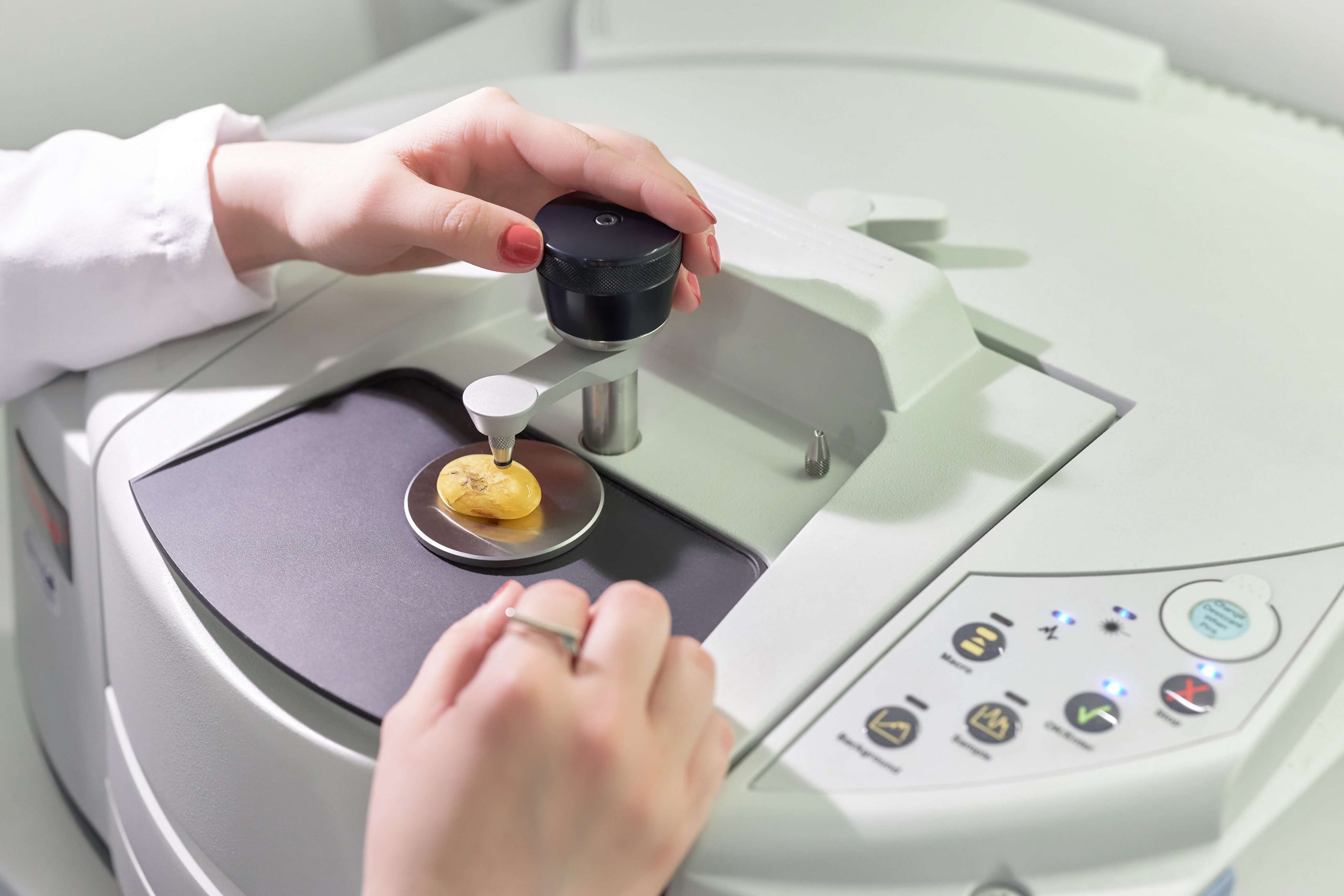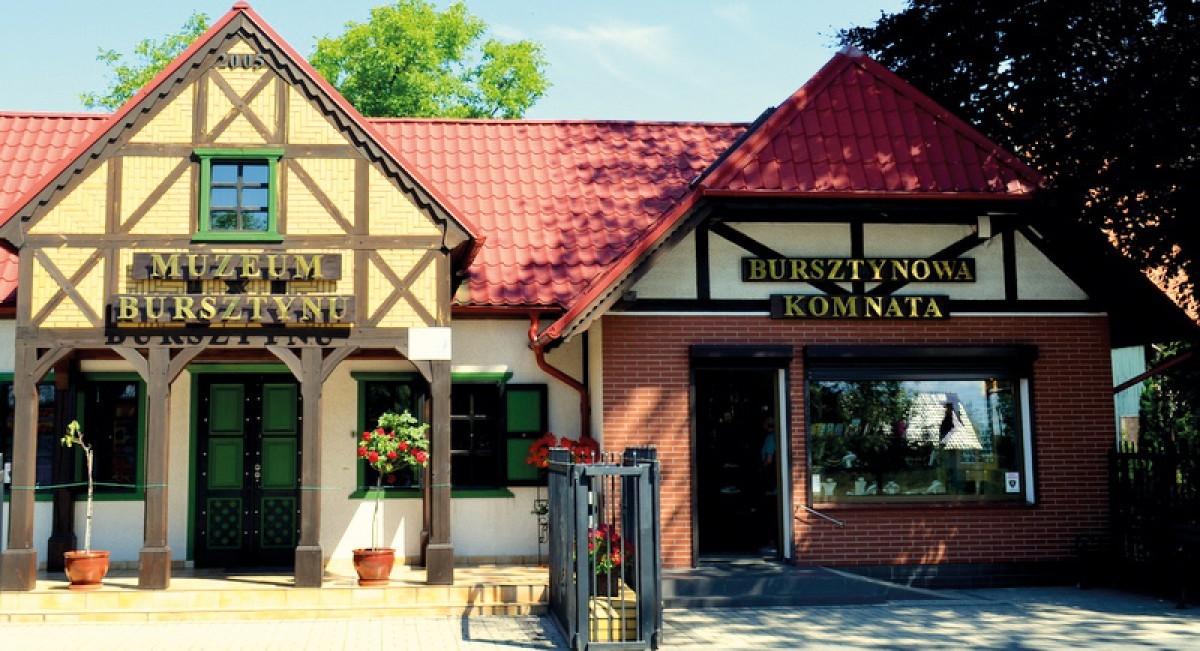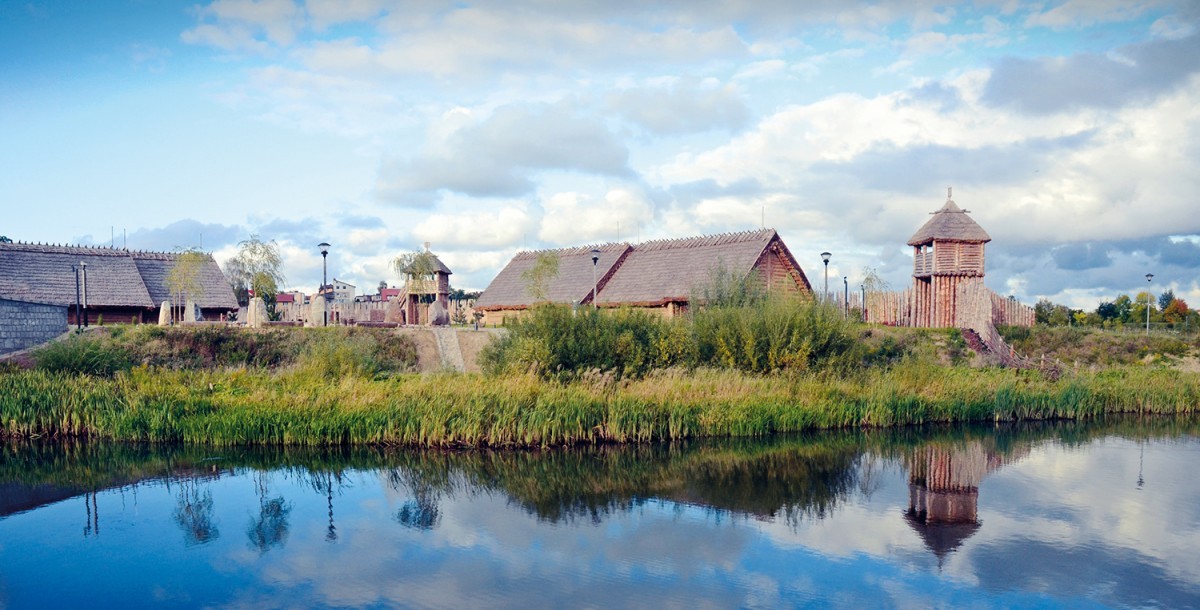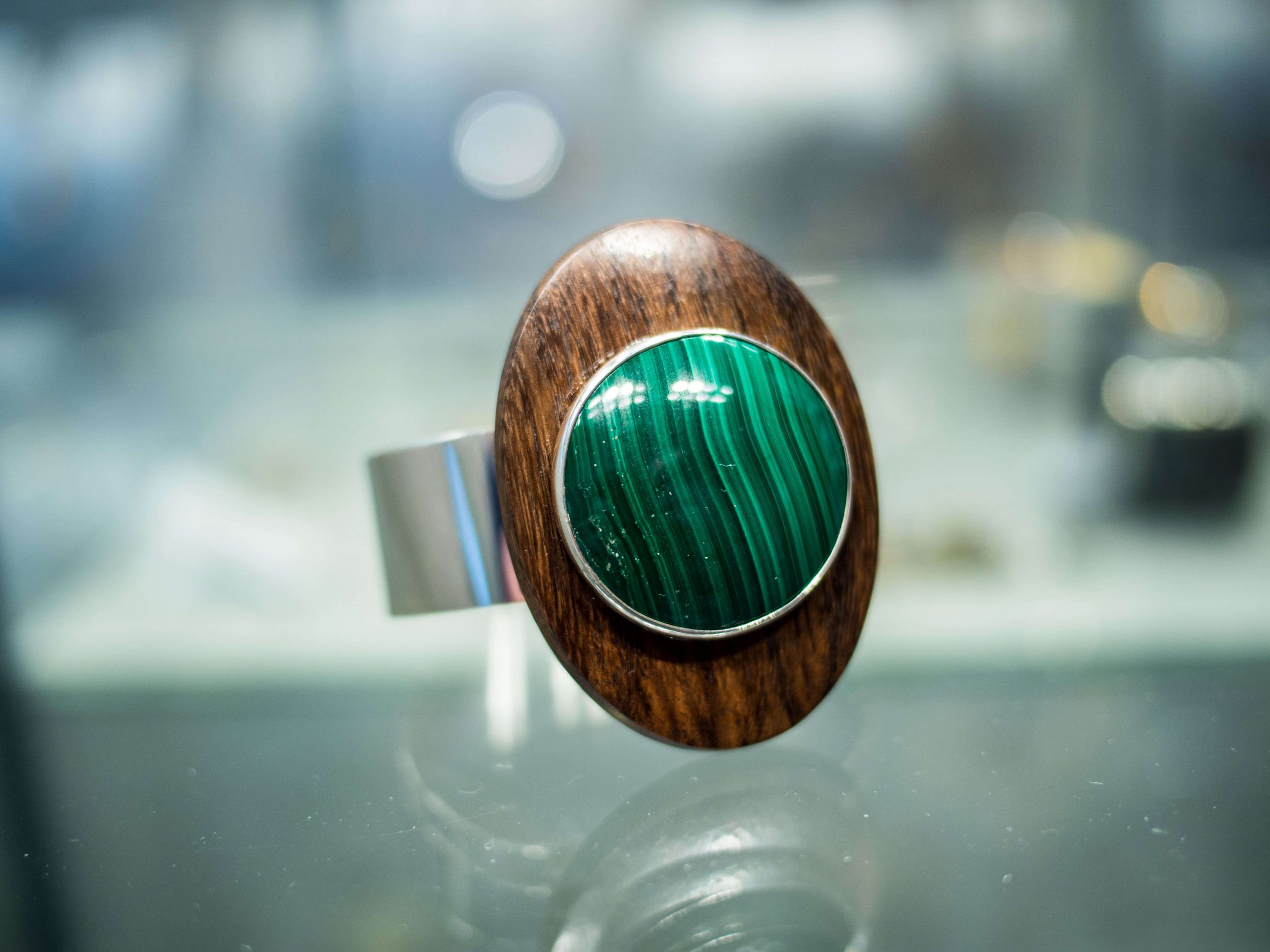We have written about Baltic amber on numerous occasions. After all, it’s the king of Pomorskie region and Gdańsk, also known as the World Amber Capital. We have written about amber fashion, trends, unique craftsmanship, and important events. This time, however, we will take a look at amber… fakes. How to distinguish a genuine piece of amber from an almost identical facsimile? Who assesses such things? And how much does it cost?
Baltic amber is said to have magical properties because of its history. On the one hand, it’s a “written” record of a time long gone, and on the other – its warm colour makes it a unique decoration that has for years been widely used in the jewellery industry. Amber is also the industry’s evergreen, bridging the generation gap in many respects.
„I believe that amber, especially the Baltic variety – the succinite, is an excellent example of a substance that meets most criteria of an „evergreen”… or rather, a unique type of mystery, one that has made amber persevere as a favourite crafting material. It has changed, but for millions of years it’s been with us. The secrets of amber have attracted humans for centuries. This is a well-known fact, thanks to numerous archaeological findings. It’s one-of-a-kind example of animate object turning into inanimate witness of natural history. Each lump of amber is different, as are people. This is why everyone will find amber fascinating and may form a special connection with it. A connection that, if not forever, will last for a long time”, says prof. Ewa Wagner-Wysiecka, PhD. Eng., head of the Department of Chemistry and Technology of Functional Materials, Department of Chemistry, Gdańsk University of Technology.
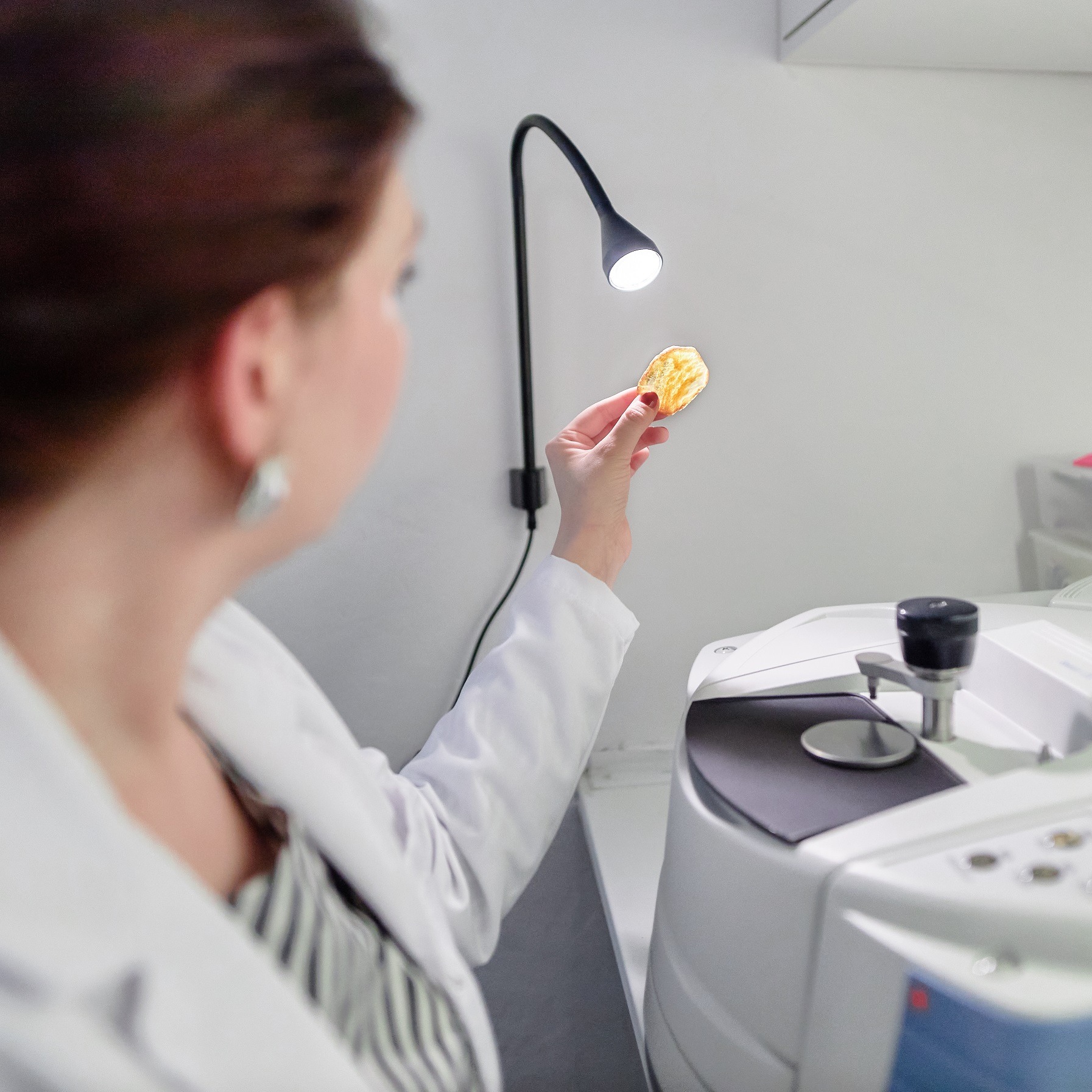
Fot. KEENYS Studio
When family heirloom turns out to be a knockoff
There are plenty of genuine treasures to be found in your grandmothers’ jewel boxes. They are spoils of their trips to seaside resorts and jewellery stores. The trend for Baltic amber, which has caused its prices to soar, has made people wonder about its true value.
Family keepsakes are, of course, priceless because of their sentimental value. The real problem begins when you want to sell your amber collection or simply assess its market value. And you have to keep in mind that the Baltic amber was – and still is – so expensive and in such a high demand that people quickly learned how to create imitations. They were quite commonplace after WWII, so there is a chance that your grandma’s amber is made of phenolic resin (nowolak in Polish), a synthetic polymer, also known as “antique amber” due to its deep, dark-cherry colour. After the war had ended, phenolic resin jewellery was sold as “old amber necklaces” even in the fanciest parlours. Women wore them with pride, believing they had gotten their hands on precious, genuine pieces of amber. Today, we have more possibilities to assess the true value of amber items. For 25 years now, the experts of the International Amber Association have been helping with professional appraisal of jewellery.

Fot. KEENYS Studio
“Amber is a material that affects all senses. The first step is organoleptic assessment. This comprises colour, texture and opacity checks. Human eye isn’t perfect and can be easily deceived, though. This is exactly what some of counterfeiters are counting on, using almost perfect technologies in their schemes. Such technologies make even microscopic assessment, which is widely used in gauging amber craft, prone to errors and unable to answer the most basic question: is the material in question natural amber? Contemporary materials science utilises objective analytical methods, independent from our senses, i.e. instrumental methods, such as spectroscopy. Mid-infrared spectroscopy is particularly valuable in this field. It is currently the most proliferate method of identification of succinct, fossil and sub-fossil resins, as well as their imitations. You can say that we’re following in the footsteps of Sherlock Holmes. We literally recognise a substance by its ‘finger print’, a name used for spectral region that is subject to detailed analysis”, says Ewa Wagner-Wysiecka.
Why should you check if amber is genuine or merely an imitation? In some instances, like in case of phenolic resins, jewellery was infused with substances that have been long deemed hazardous, such as asbestos. It’s not difficult to imagine how upset some of jewellery amateurs might be because of that. So, if you want to be 100% certain that what you have is genuine, it’s good to trust the professionals from International Amber Association. How long does it take to assess a piece of amber? Anything from several minutes to “heated debate” that can last even for weeks, as some cases require minute precision that lead to consultations, which can easily escalate.
Fot. KEENYS Studio
How much does it cost to analyse amber? The prices range from 100 PLN for a single item but, for people in the amber industry, as well as for unique items, natural specimens, especially those with inclusions, and pieces of art, the prices are negotiated individually. You can check the details on the website of the International Amber Association, which has a fully-equipped Amber Lab at their disposal.
Imitation? There’s nothing to be ashamed of
Counterfeits have been around since the ancient times. They came to be as soon as replacement material became available. What were the reasons for that?
Firstly, there is a finite amount of natural resources on Earth. And perhaps more importantly: making counterfeits is simply cheaper. Contemporary imitations that we know are made from glass, modified natural ingredients, as well as natural and synthetic resins. They also spark considerable interest, especially during exhibitions, which present them alongside natural amber, as well as among collectors. Imitation can be as valuable as the original.
“Of course, this might be a bit disappointing. Family heirlooms and old trinkets are as valuable as their histories are interesting. But this is all spiritual and, most of all, very subjective. We often don’t know why a certain item was purchased. Maybe the buyer had intentionally obtained a facsimile? Imitations, especially dated to the pre-war era, but also lder, are very often examples of specific technological advancements and their impact on the society in crisis, also of economic origins. Some of those were meticulously crafted, with attention to all of the minutia of the craft. Some of the materials widely used in the past are no longer available. Such items are unique an can be valuable commodities”, says Ewa Wagner-Wysiecka.
We’re not here to judge the appearance of amber imitations as they can be really eye-catching. And if they’re historically connected to our ancestors, they become invaluable. They’re not something to be ashamed of. On the contrary, they can be worn with pride. Just keep in mind what material you are dealing with.
“As the saying goes: ‘beauty is in the eye of the beholder’. If you’re conscious of the jewellery you’re wearing and you like it – wear it with pride. However, if you’re not convinced and at the same time value natural amber, let your family heirloom or grandma’s trinket rest in the jewellery box. They might bring joy to somebody else. Or you can pass them on to a collector, who will be happy with obtaining a new piece for their lot”, Ewa Wagner-Wysiecka sums up.
In cooperation with International Amber Association

